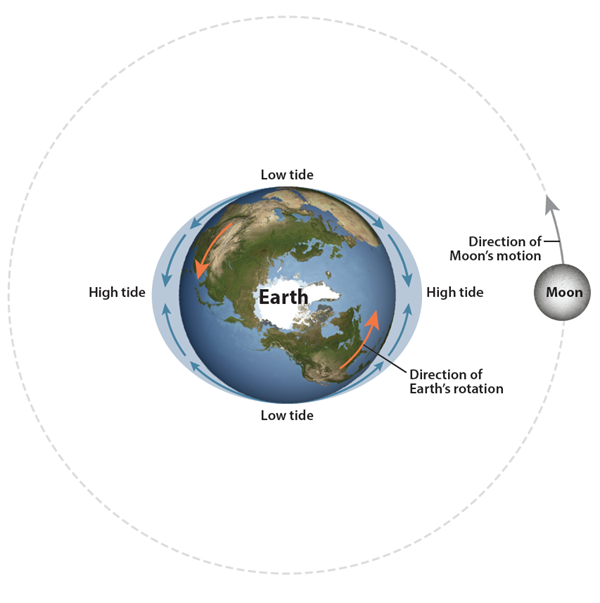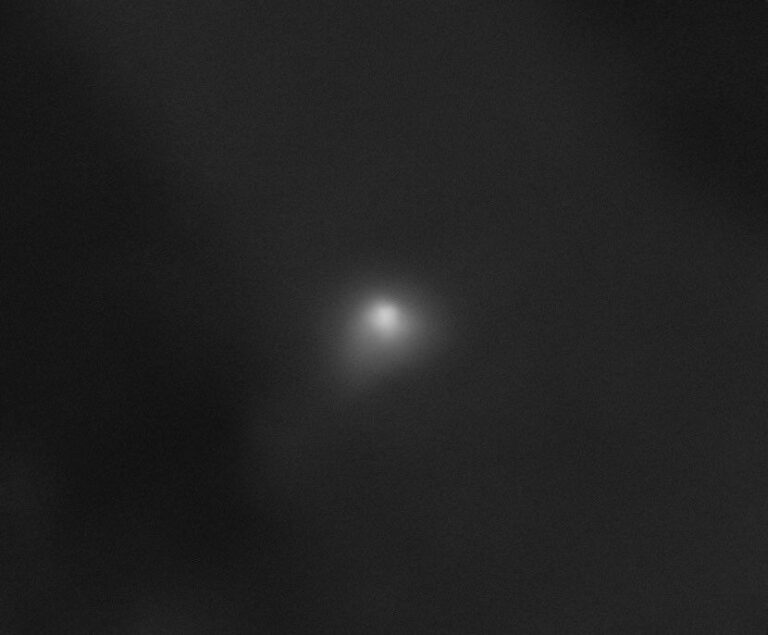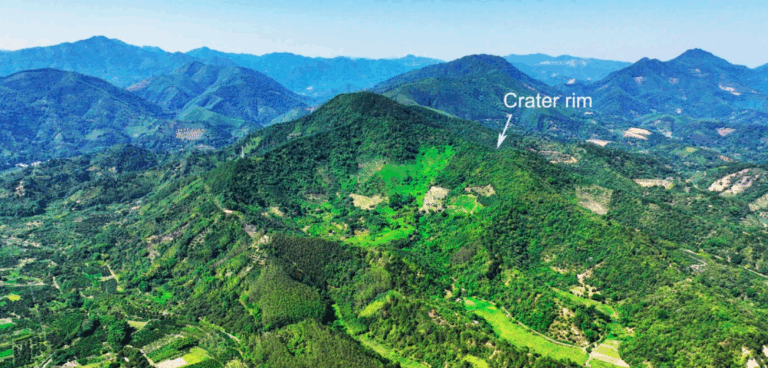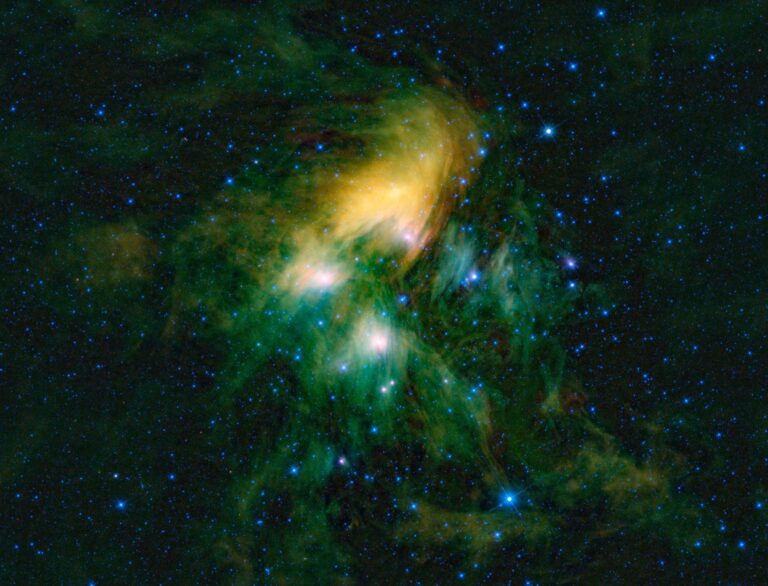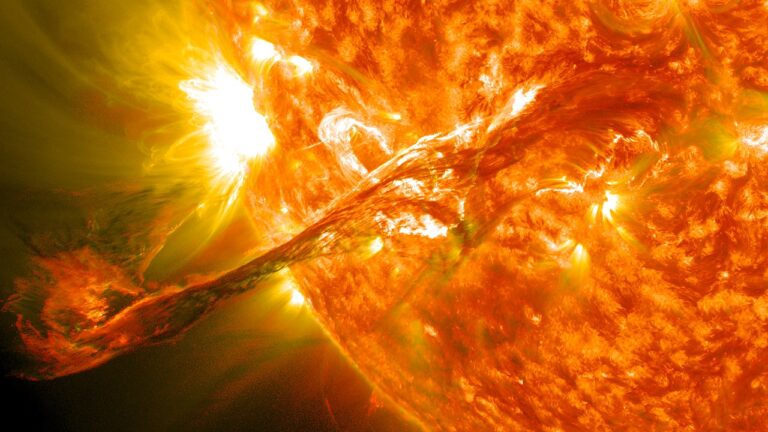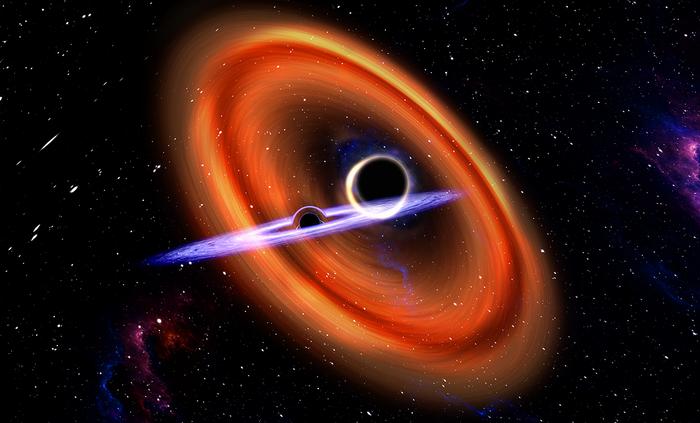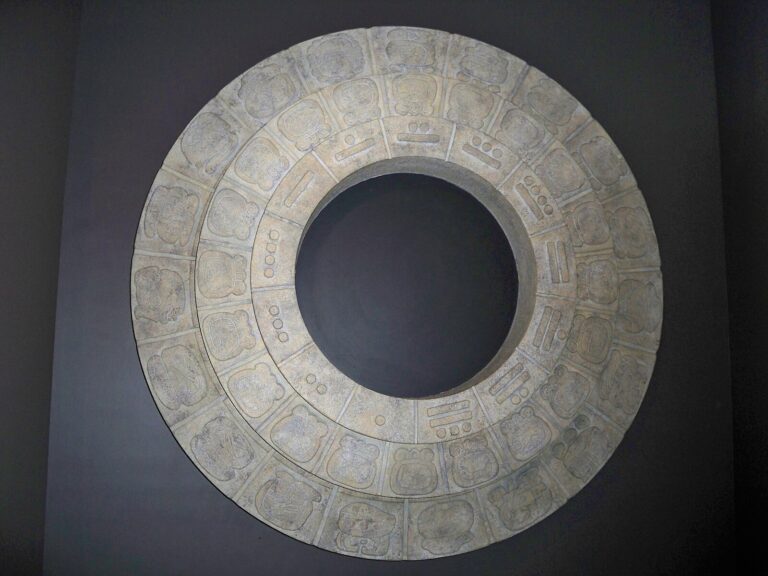Key Takeaways:
- The primary mechanism for oceanic tides is the Moon's differential gravitational force, which creates two high-tide bulges—one directly beneath the Moon and another on the opposing side—leading to two high and two low tides daily in most regions as Earth rotates.
- Solar gravitational influence, though less than half that of the Moon due to greater distance, modulates tidal amplitudes. Alignment of the Sun, Earth, and Moon during new and full phases generates reinforced "spring tides," while their perpendicular configuration during quarter phases produces diminished "neap tides."
- Tidal phenomena are further complexified by terrestrial geography, with some areas, such as the Gulf of Mexico, exhibiting "diurnal" patterns (one high and one low tide daily) due to landmasses impeding global water flow, rather than the "semidiurnal" pattern of two daily tides.
The Sun also influences tides on Earth, though its effect is slightly less than half as strong as the Moon, due to its greater distance. During the Full and New Moon phases when Earth, the Moon, and the Sun are aligned, these gravitational interactions reinforce each other. This gives us the highest high tides and lowest low tides (called spring tides). During the First and Last Quarter Moon, the tidal forces from the Sun and Moon are working in different directions, leading to smaller tidal bulges (neap tides).
Tides are even more complex than this; not all places on Earth have two equal high and low tides per day (called semidiurnal tides). Some places, such as the Gulf of Mexico, only have one high and one low tide per day because the surrounding landmasses prevent the free flow of water throughout the globe. As a result, more complex patterns occur in particular regions.
Loundonville, New York

